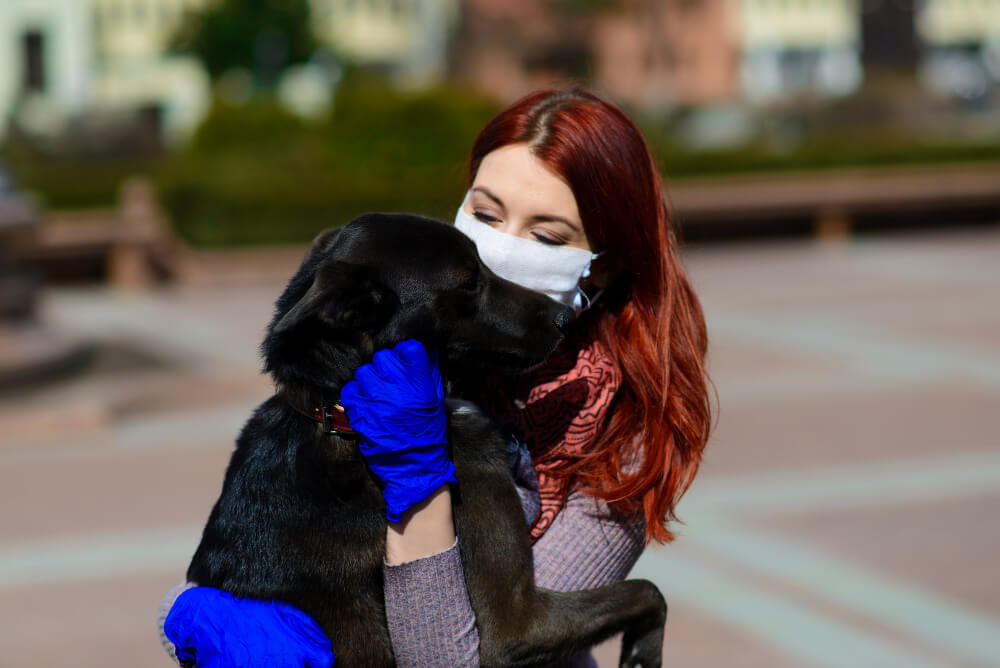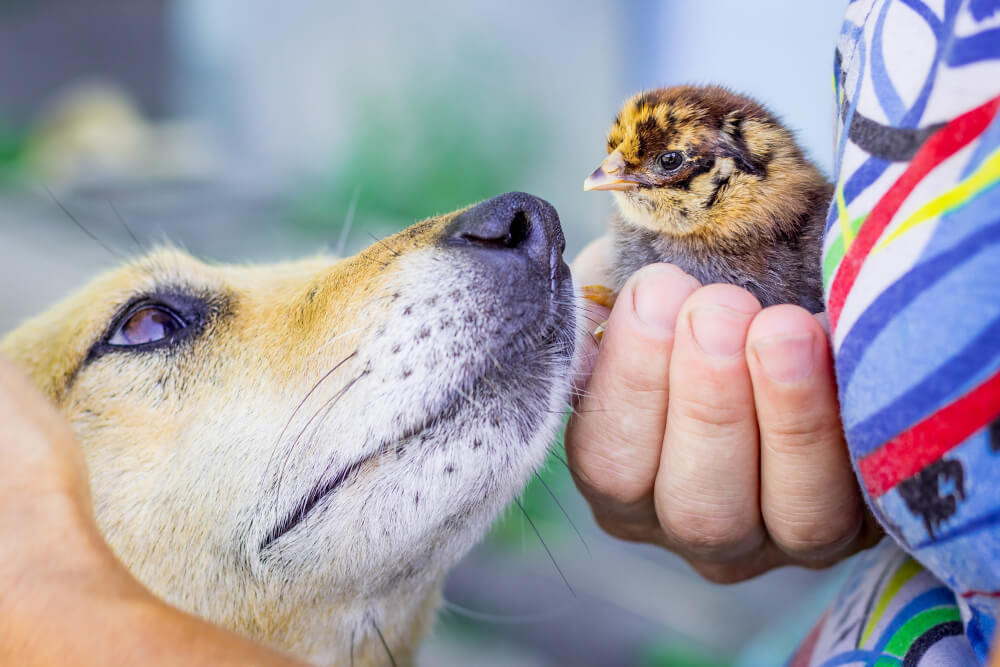Bird flu, also known as avian influenza, is a disease that primarily affects birds. But when news breaks about a new strain of bird flu spreading rapidly, many pet owners might start to wonder: Can dogs get bird flu? While the risk is low, understanding how bird flu works and how it may impact our furry friends is important. Let’s dive into this topic and address your concerns in an easy-to-understand, friendly way!

What is Bird Flu?
Bird flu is caused by a virus that primarily infects birds, especially poultry like chickens and turkeys. It can be transmitted through contact with infected birds, their droppings, or contaminated feed and water sources. Most cases of bird flu are contained within bird populations, but on rare occasions, certain strains of the virus can spread to other animals, including humans.
Types of Bird Flu
Not all bird flu strains are created equal. There are different types of avian influenza, and only some are capable of jumping species and infecting mammals like dogs, cats, or humans. The two primary categories of avian influenza are:
- Low Pathogenic Avian Influenza (LPAI): This type is generally mild in birds and poses little to no threat to humans or animals.
- High Pathogenic Avian Influenza (HPAI): This is the more severe form, which can cause serious illness and even death in birds. There is a higher risk of human and animal infections with this strain, though still rare.
So, now that we’ve established what bird flu is, let’s address the big question: Can dogs catch it?
Can Dogs Get Bird Flu?
In short, dogs can technically get bird flu, but the risk is extremely low. The bird flu virus primarily targets avian species, and while there have been cases where the virus infected other animals, such instances in dogs are rare.
The virus would need to mutate in such a way that it could infect mammals. However, it’s important to note that this is not something that typically happens with most strains of bird flu. Dogs are not considered to be at significant risk for contracting bird flu under normal circumstances.
How Could Dogs Be Exposed to Bird Flu?
Though the risk is minimal, dogs could potentially be exposed to bird flu in the following ways:
- Contact with infected birds: If your dog has access to a space where infected wild birds are present—like a park or your backyard—there’s a tiny chance they could be exposed to the virus.
- Contaminated surfaces or objects: The virus can survive on surfaces for a period of time, so if your dog comes into contact with contaminated items, there’s a slight risk of transmission.
- Human contact: In rare cases, if a human carries the virus from an infected bird or location and then interacts with the dog, the virus could theoretically spread.
Symptoms of Bird Flu in Dogs
If your dog were to contract bird flu, the symptoms would likely mirror those of many other viral infections. However, it’s essential to remember that there have been no widespread reports of dogs getting bird flu, and cases are extremely rare. Symptoms might include:
- Respiratory issues: Coughing, sneezing, or difficulty breathing.
- Lethargy: Feeling unusually tired or weak.
- Fever: An elevated body temperature.
- Appetite loss: Not eating or drinking as usual.
However, these symptoms are quite general and could be associated with other common illnesses. If you notice any of these signs, it’s best to contact your vet for advice.

What Should You Do If You’re Concerned?
Although the risk is low, it’s understandable to be cautious, especially if you’re living in an area with reported cases of bird flu in birds. Here’s what you can do to protect your dog and prevent any potential risk:
Limit Contact with Birds
To reduce the chance of exposure, try to keep your dog away from wild birds, particularly if there are reports of bird flu in your area. This includes avoiding areas with large flocks of wild birds or poultry farms.
Keep Your Dog’s Environment Clean
If your dog spends time outdoors, regularly clean their paws and coat after walks, especially if they’ve been in areas where birds frequent. This helps remove any potential viruses or contaminants.
Watch for Symptoms
While bird flu in dogs is rare, it’s always a good idea to keep an eye on your dog’s health. If they exhibit any unusual symptoms, like respiratory distress or lethargy, consult your veterinarian. Your vet will be able to guide you on next steps, including testing for bird flu if necessary.
Follow Health Alerts
Keep track of health alerts in your area. If there’s an outbreak of bird flu in wild birds or poultry, you may want to take extra precautions, like avoiding public places where birds are commonly found.
Can You Catch Bird Flu from Your Dog?
While it’s very unlikely that your dog will contract bird flu, you may be wondering: Can I catch it from my dog? Thankfully, the bird flu virus does not spread easily from dogs to humans. Bird flu is primarily transmitted from bird to bird, and while rare, some strains can infect humans who have close contact with infected birds.
The bottom line? It’s extremely unlikely that you’ll catch bird flu from your dog.
Final Thoughts
Bird flu in dogs is not something to panic about. While it’s theoretically possible for dogs to catch bird flu, the risk is extremely low, and there have been very few reported cases. By following basic precautions, such as limiting exposure to infected birds and maintaining a clean environment, you can keep your dog safe from bird flu and other potential viruses.
As always, if you have concerns about your dog’s health, it’s best to consult with your veterinarian. They’ll help you navigate any health concerns and ensure your pet stays happy and healthy.
Stay safe, and take good care of your furry friends!








